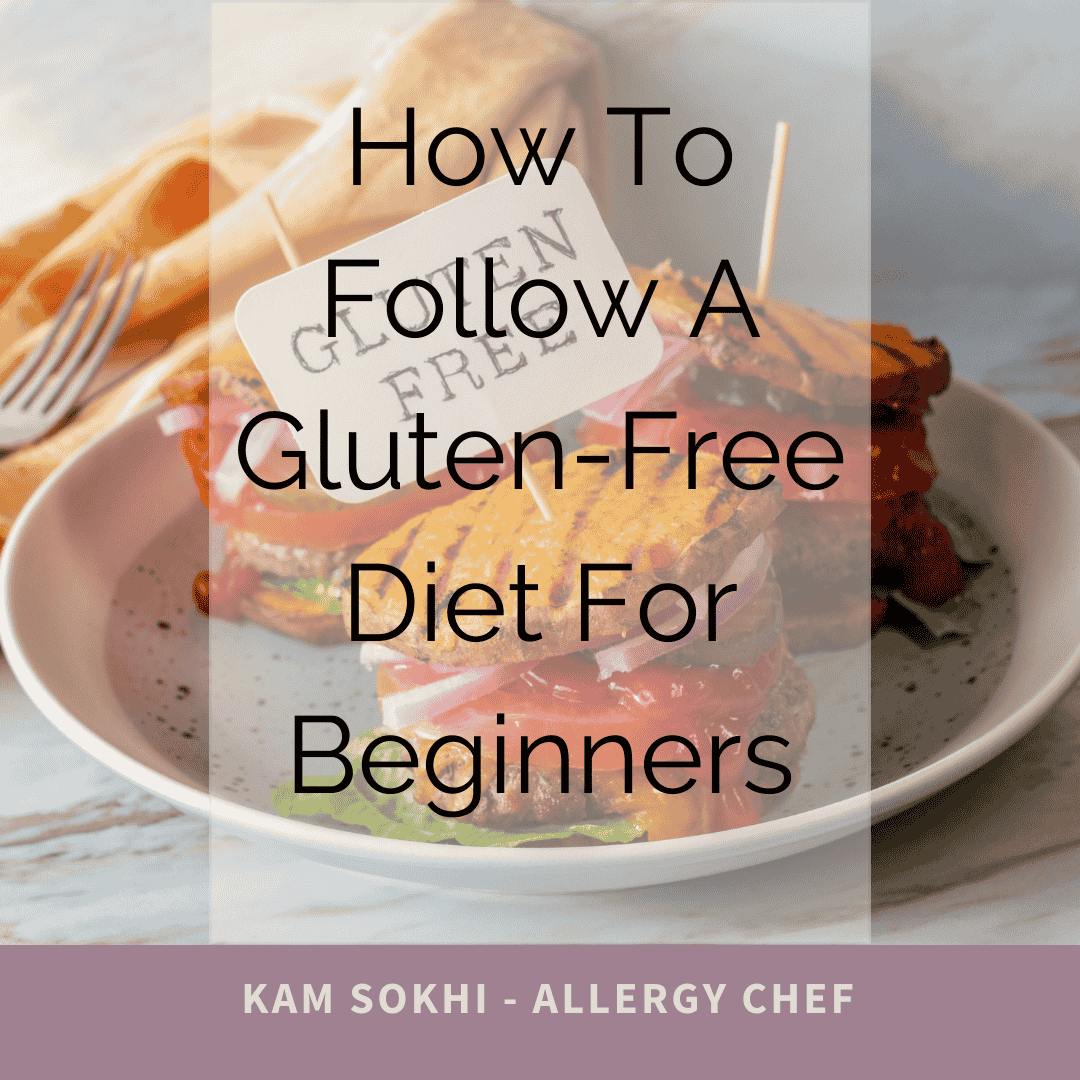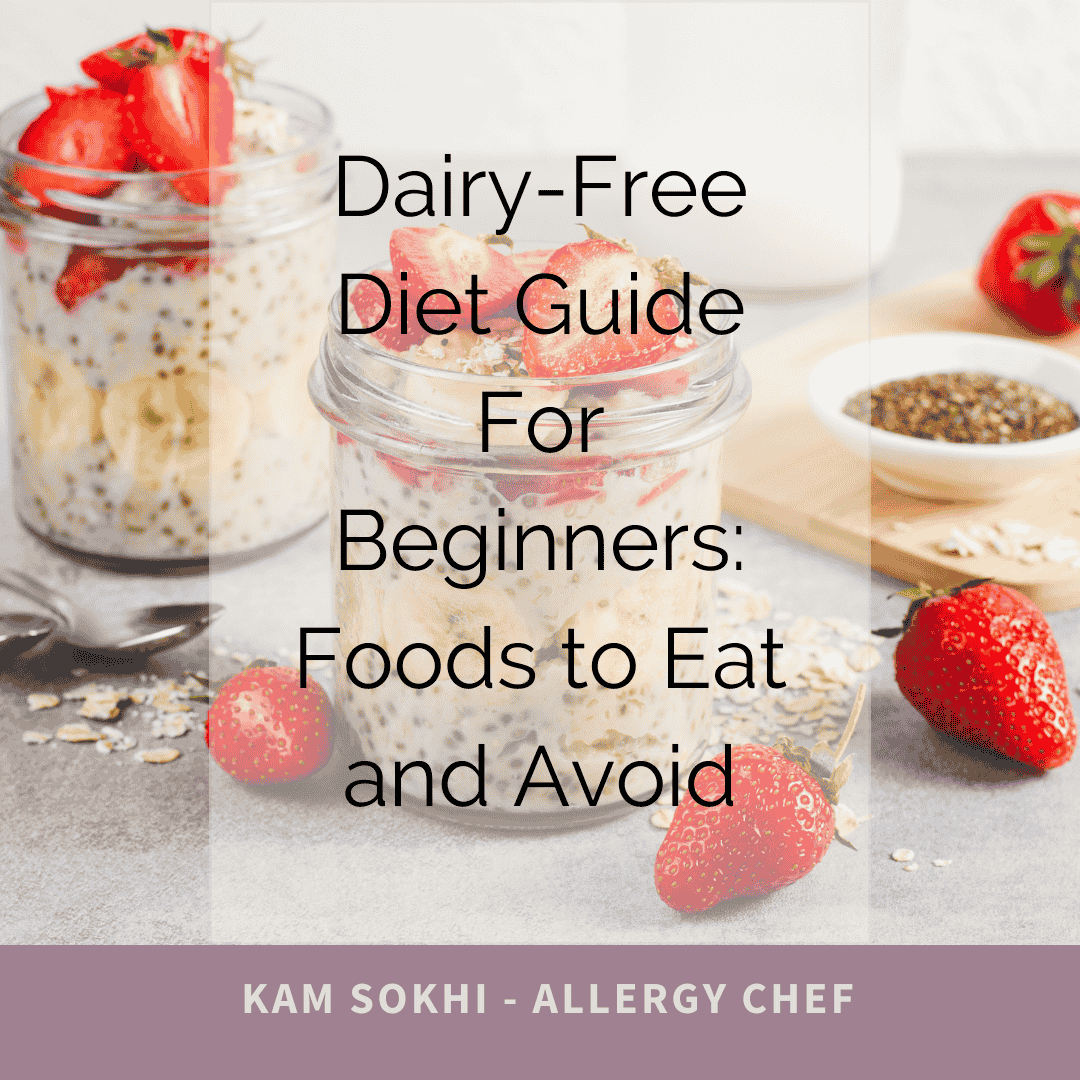Healthy Delicious Allergy-Friendly Recipes
Latest Allergy-Friendly Recipes
Subscribe to our newsletter
Sign up with your email address to receive recipes & articles.
We respect your privacy.Allergy-Friendly Dessert Recipes
Latest Articles
Here’s what my clients have to say
Let’s make every meal unforgettable!
As someone with 12 food intolerances, I understand the struggle of finding meals that are safe, healthy, and actually taste amazing. That’s why I create flavour packed, allergy-friendly recipes using natural whole foods—no compromises, just delicious bites!
Since 2018, I’ve dedicated my expertise to crafting “free-from” dishes that turn eating into a CELEBRATION. Whether you’re looking for new recipes, a private chef experience, or expert guidance, I’ve got you covered!
✔️ BSc in International Culinary Arts
✔️ Advanced certifications in culinary arts & patisserie
✔️ Professional food stylist & photographer
✔️ Cooking for elite clients, retreats & private events
✔️ Decades of experience creating allergy-friendly meals
Available Now! ORDER HERE
Food Intolerance & Sensitivity Dairy
Make meal tracking easy with a food intolerance diary designed for clarity and results. Map your foods, spot links, and help your body feel better.
Support
Cooking classes
Are you finding it challenging to cook for your allergies or intolerances? Or do you want to cook healthier meals for your family? Increase your culinary skills and learn more about free-from cooking. I create bespoke classes for every client and can create a class around your specific dietary needs. I can offer this via Zoom or in Sussex.
Shop
Food is at the heart of everything. Get inspired by the super healthy and delicious recipe collections that I have created. My eBooks are full of tips, advice, and techniques that will help you feel confident about cooking with your allergies or intolerances, using fresh, wholefood ingredients that are good for your body and specific to your dietary needs.
Work with me
Need help figuring out how to eat with your dietary requirements? I offer a Find Your Freedom package, which takes the stress out of eating and cooking because knowing where to start can be confusing. I also work with businesses to create allergy folders, recipe testing, brand ambassadorships, sponsored blog posts, and more.
Industry Experience & Accreditations
FAQ’s
-
Naturally allergy-friendly foods for most people include:
Meat
Poultry
Legumes excluding peanuts
Seeds
Grains excluding wheat
Fruits
Vegetables
-
Take a look at my recipes section with lots of allergy friendly recipes including:
Egg free recipes
Paleo recipes
Vegan recipes
Top 14 allergy recipes
Gluten free recipes
Dairy free recipes
Sesame free recipes
Soy free recipes
Nut free recipes
-
Thoroughly clean all surfaces and cooking tools (a dishwasher is best) before cooking, as the allergen may be in your kitchen from previous use.
Use separate or thoroughly washed utensils to cook allergy-friendly dishes
Cook allergy-friendly dishes first; label and clean all surfaces and utensils after doing so.
-
Step 1: Avoid Cross-Contact.
Step 2: Wash, Rinse, Sanitize.
Step 3: Prepare Ingredients Safely.
-
The primary way to manage a food allergy is to:
Avoid consuming the food that causes you problems
Carefully check ingredient labels of food products, and learn whether what you need to avoid is known by other names.
-
Even a tiny trace can be enough to cause an allergic reaction and
food allergens cannot be removed by cooking
so it is important that they are managed carefully.
-
The most common food allergies in the UK include:
Celery
Gluten ( wheat, rye, barley, and oats)
Crustaceans ( Such as prawns, crabs, and lobsters.)
Fish
Eggs
Lupin
Milk
Molluscs ( Such as mussels & oysters)
Mustard
Peanuts
Sesame
Soybeans
Sulphur dioxide
Sulphites
-
A true food allergy affects the immune system. Even small amounts of the offending food can trigger a range of symptoms, which can be severe or life-threatening.
In contrast, a food intolerance often affects only the digestive system and causes less serious symptoms.
-
Food intolerances affect your digestive system.
People who suffer from an intolerance, or sensitivity, can't break down certain foods.
They develop gas, diarrhea and other problems
An intolerance or food sensitivity is inconvenient but not life-threatening.
-
If you suspect you have a food allergy,
Avoid exposure to the food altogether until your appointment
If you do eat the food and have a mild reaction, nonprescription antihistamines may help relieve symptoms.
If you have a more severe reaction and any symptoms of anaphylaxis, seek emergency help.










































